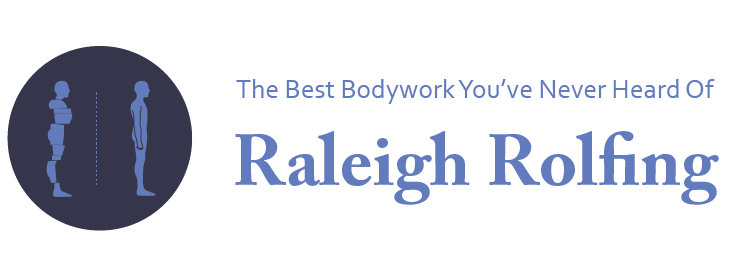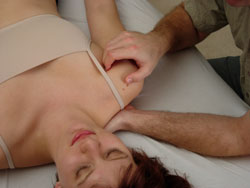Rolfing® is a system of soft tissue manipulation and movement education that organizes the whole body in gravity. Rolfing affects the body's posture and structure by manipulating the myofascial system (connective tissue). Research has demonstrated that Rolfing creates more efficient muscle use, allows the body to conserve energy, and creates more economical and refined patterns of movement.
What can Rolfing do for me?
Rolfing takes a holistic approach to improving your quality of life through your body. By realigning your body and re-educating your movement patterns, you can reduce or completely alleviate chronic pain issues, increase flexibility, and have more energy. Rolfing often allows clients to reduce or eliminate their dependence on expensive or time consuming maintenance programs they were on with chiropractors, massage, or just gritting their teeth through aches and pains.
Where does it come from?
Rolfing is named after its creator, Dr. Ida P. Rolf, who originally referred to the work as Structural Integration. Dr. Rolf received her Ph.D. in biochemistry from Columbia University in 1920 and furthered her knowledge of the body through her scientific work in organic chemistry at the Rockefeller Institute. In a lifelong search for a solution to family health problems, Ida examined many systems that affected body structure including yoga, osteopathy and chiropractic. Eventually combining her knowledge of biochemistry with these systems, Ida developed the theory and practice of Rolfing. The original Rolf Institute was founded in Boulder, Colorado and now has offices in Germany and Brazil as well.
Who uses it?
Rolfing is useful for those experiencing chronic pain from muscle injuries, patterns of use, or physical and emotional traumas. It can also be useful for performance, athletics, dancing, practically any physical vocation as a way to help improve performance. Tapping into the mind/body connection, it is also used by some psychotherapists and counselors as a support to their work with clients. In all these cases greater physical support and flexibility can positively influence energy levels and emotional health.

